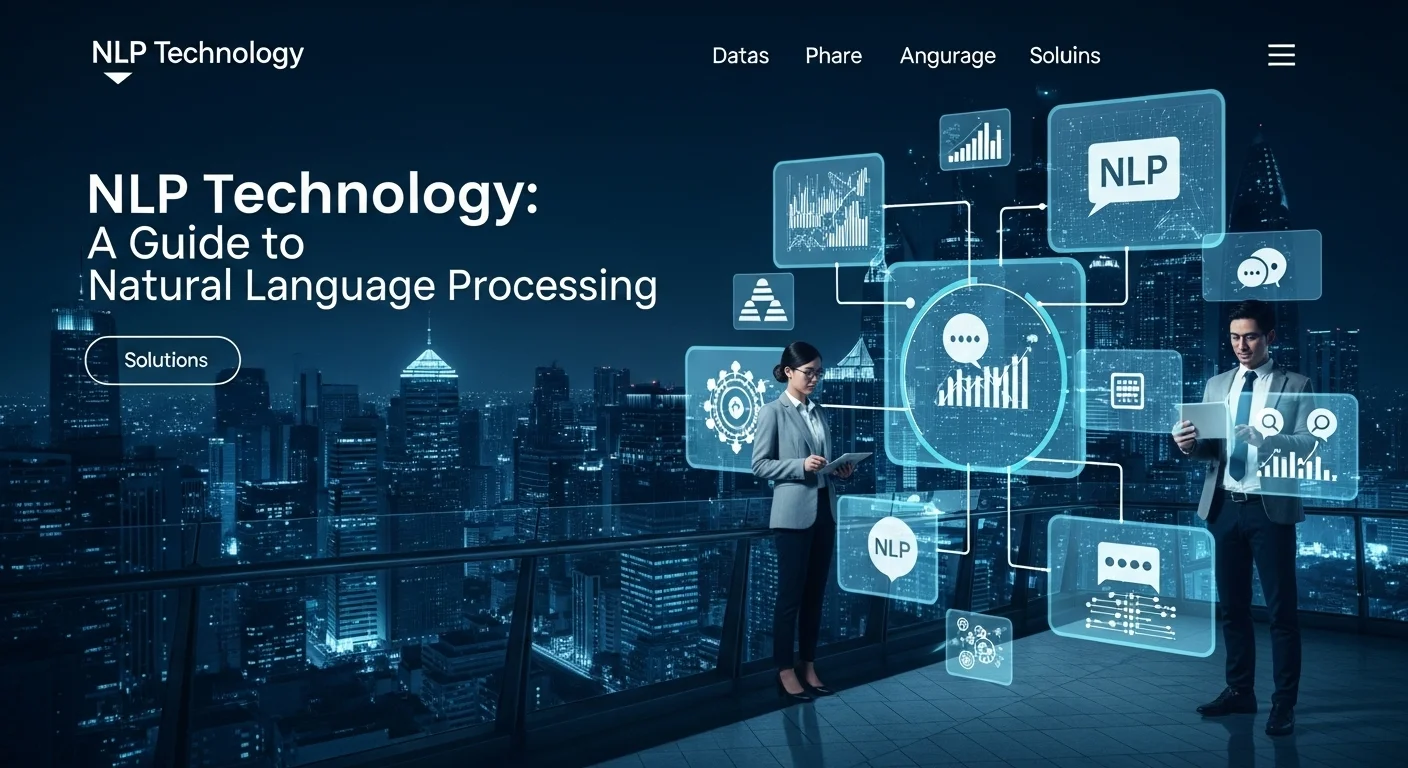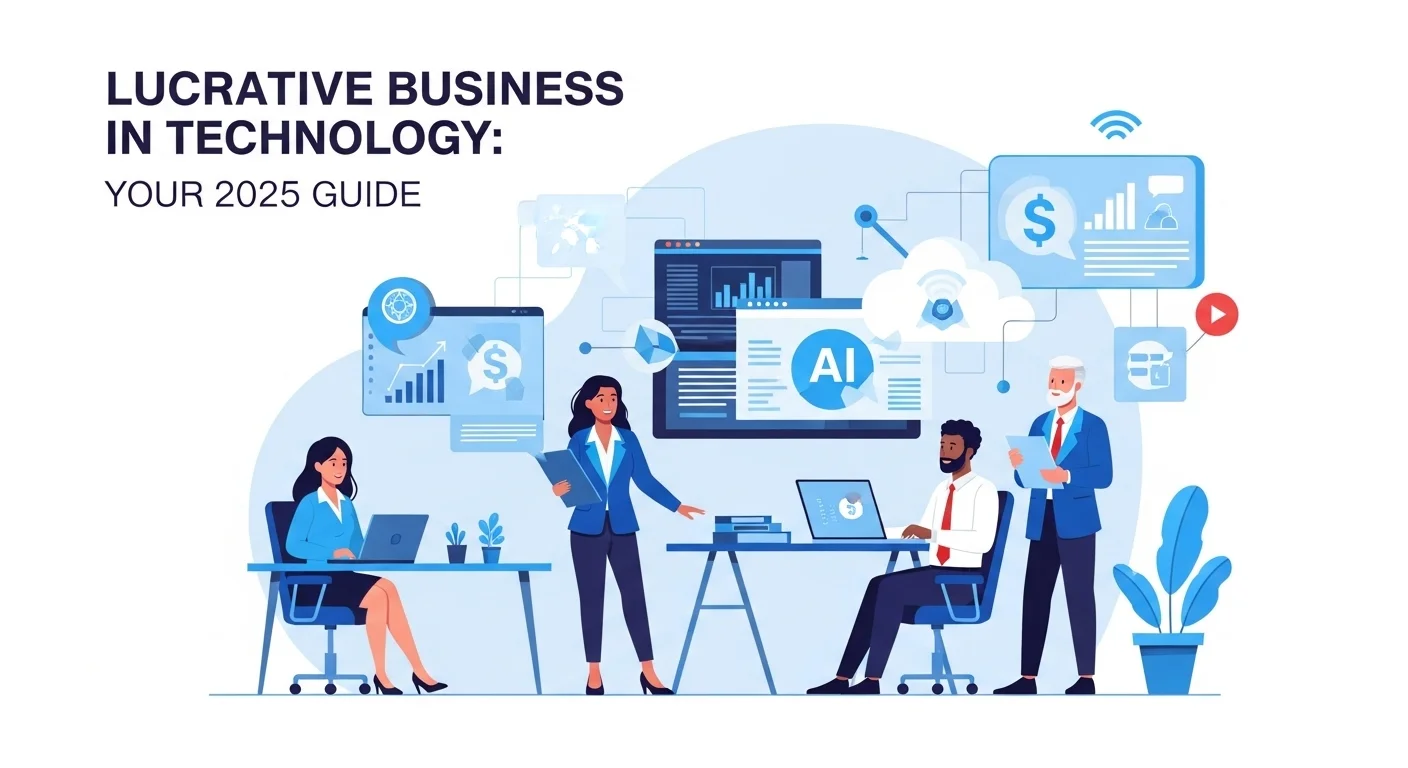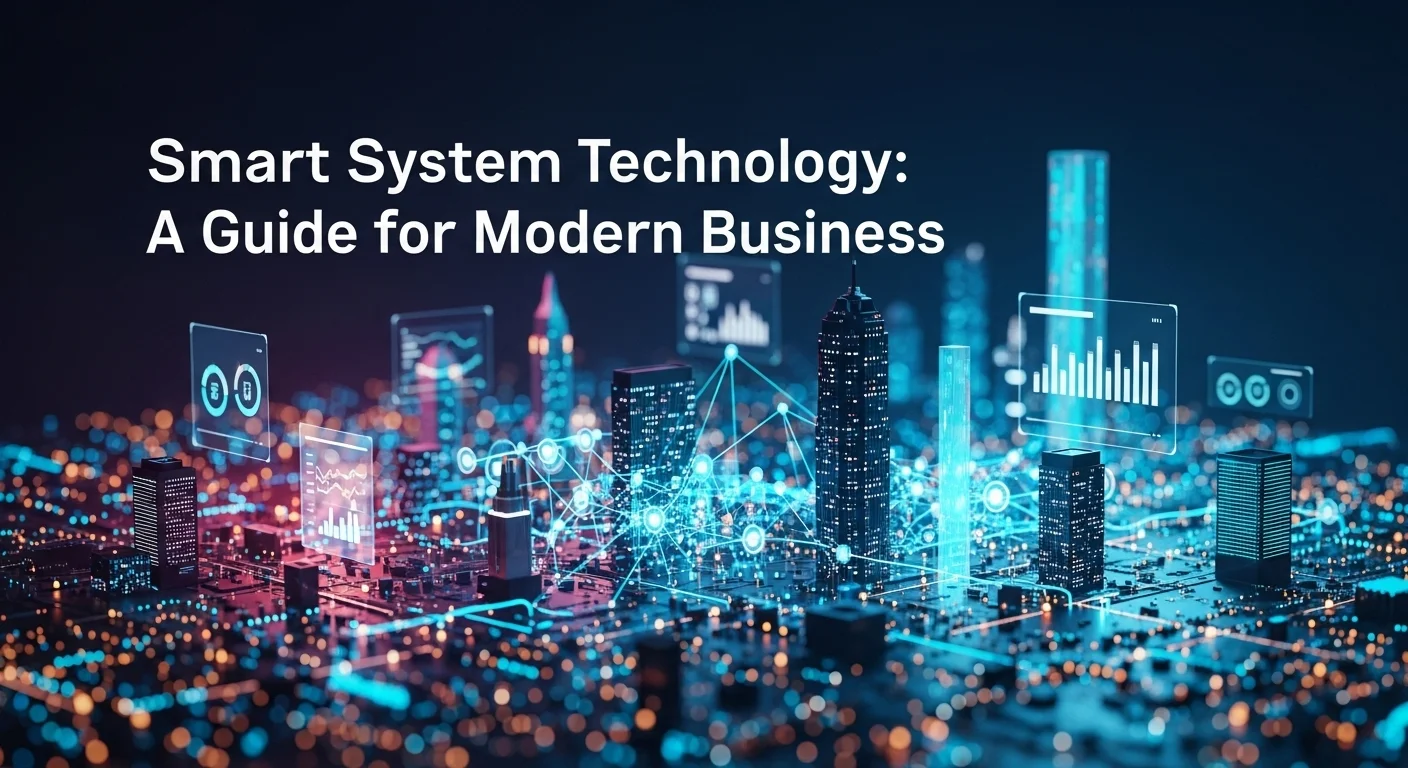AI Robots Explained: A Guide to the Future of Business and Tech
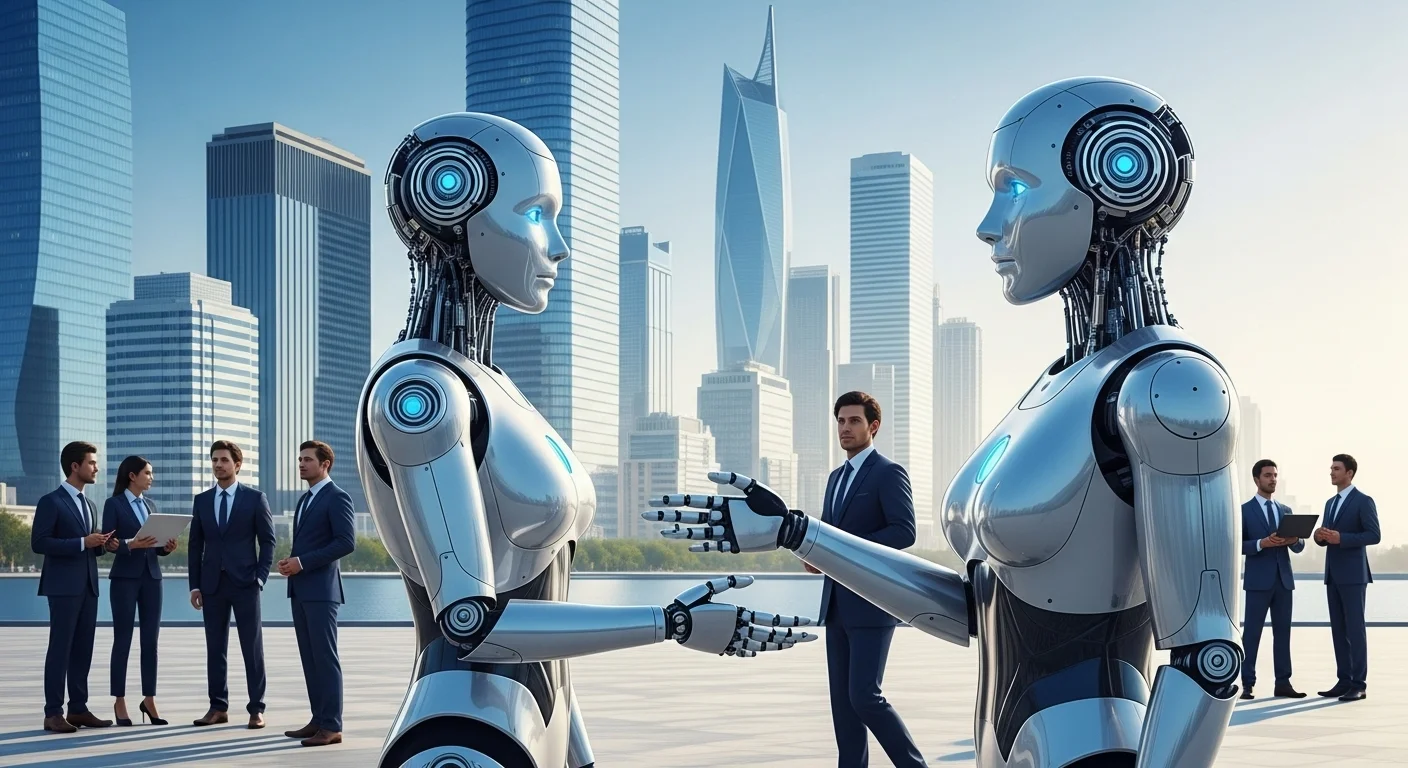
Executive Summary
I've spent years working with robotics, and I can tell you, the blend of AI and machines is changing everything. In this article, we'll cut through the hype. I'll show you what an AI robot really is, using fascinating examples like the conversational Sophia and the playful Emo robot. More importantly, we'll look at how businesses, from factories to hospitals, are using this tech to work smarter, not harder. This is your straightforward guide to understanding the AI robots that are already shaping our world and what's coming next.
Table of Contents
What are Ai Robots and Why are They Important in Technology?
When people hear 'AI Robots', they often think of something out of a sci-fi movie. But in my experience, the reality is both more practical and more amazing. At its heart, an AI robot is a machine that doesn't just follow a script; it perceives the world around it, makes its own decisions, and actually learns as it goes. Think of it as giving a machine a brain (AI) to control its body (robotics). This is a huge leap from old-school automated arms that just repeated the same motion forever. Their importance comes from their ability to do things humans can't, or shouldn't have to—from exploring Mars to helping with delicate surgeries. For years, I've watched this field combine cameras and microphones (sensors), motors and grippers (actuators), and powerful computer brains. These parts all work together, allowing a robot to see, hear, move, and even understand what we're saying. The massive investment we're seeing across industries tells me one thing: we're building a future where people and smart machines work together to achieve incredible things.
Sophia: The Humanoid Face of AI
A key part of this revolution is creating robots we can interact with naturally. I remember when the ai robot sophia, from Hanson Robotics, first made headlines. Sophia is a humanoid robot built to be social, capable of showing a surprisingly wide range of facial expressions. She's not just a lab experiment; she's been a UN ambassador and a catalyst for public conversations about AI's future. Behind her lifelike face is a complex mix of AI, neural networks, and machine perception. She uses natural language processing to chat with people and facial recognition to remember them, getting a little smarter with every conversation. I've seen some critics dismiss her as more of a puppet, but that misses the point. The ai robot sophia is a crucial platform for us to learn about human-robot interaction and a powerful symbol of AI's potential to connect with us on a human level.
Emo: Your Personal AI Companion
It's not all about global ambassadors like Sophia, though. On a much smaller, more personal scale, we have the emo ai robot. I find this little guy fascinating. Marketed as a cool AI desktop pet, Emo is designed to be a companion. It can cheer you up with music, play games, and act as a little assistant for alarms or photos. What really makes the emo ai robot special is its 'Emotion Engine,' which lets it show over 1,000 expressions and movements, reacting to you and its surroundings with what feels like real emotion. It has a built-in neural network processor and a bunch of sensors, so it can explore its desk, recognize different people, and respond to your voice and touch. The popularity of devices like this shows a big shift: we're starting to bring AI robots into our homes not just as tools, but as companions. It's a clear sign that the world of ai robots is becoming more diverse and personal.
AI Robots in the Workplace: A Game Changer
But where I see the biggest, most immediate impact of this technology every day is in business. The use of ai and robotics in business is already transforming how companies operate. In manufacturing, I've seen 'cobots' (collaborative robots) work safely right next to people, taking over the boring, repetitive, or dangerous jobs. This frees up human workers for more complex tasks and makes the workplace safer. These systems use AI-powered vision to spot tiny defects in products far better than the human eye. In warehouses, autonomous mobile robots (AMRs) zip around picking and packing orders, making the whole supply chain faster and more efficient. And it's not just factories. In healthcare, surgical robots give surgeons superhuman precision, which means safer operations and quicker recoveries for patients. Service robots are even disinfecting hospital rooms and delivering supplies. An ai robot is no longer a luxury; it’s becoming a critical tool for any business that wants to stay competitive. The continued advancements in AI mean this integration is only going to get deeper, making the use of ai and robotics in business a fundamental part of our economic future.
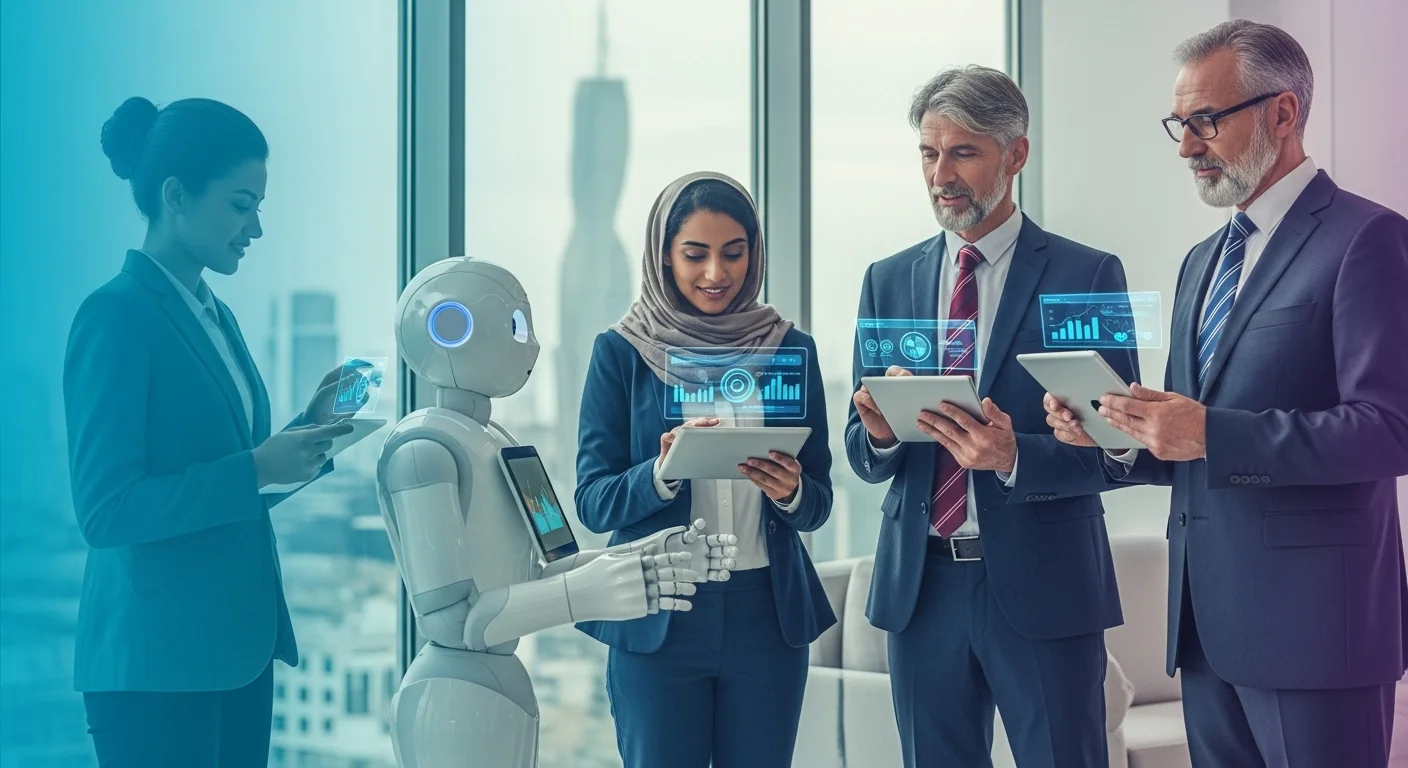
A Practical Look at AI Robots in Action
Alright, let's get into the nitty-gritty. How does this technology actually work in the real world? The use of ai and robotics in business isn't about some far-off future; it's happening right now, and the key is picking the right tool for the job. In factories and warehouses, it's all about speed and accuracy. I've seen firsthand how Autonomous Mobile Robots (AMRs) use smart navigation tech, like SLAM (Simultaneous Localization and Mapping), to weave through complex environments without any human driver. Meanwhile, collaborative robots, or 'cobots,' are designed to be partners. They handle tasks like assembly or quality checks, which not only boosts productivity but also ensures every product is made to the same high standard.
In healthcare, the application of ai robots is having a profound effect on people's lives. Surgical systems like the da Vinci robot aren't autonomous, but they act as a steady, precise extension of a surgeon's hands, allowing for incredibly complex procedures with minimal incisions. I've talked to doctors who say it's completely changed what's possible in the operating room. Beyond surgery, service robots are taking on the logistical burdens in hospitals—transporting medicines, lab samples, and supplies. This frees up nurses to do what they do best: care for patients. This shows how adaptable ai robots are, moving from an industrial line to the incredibly sensitive and human-focused world of healthcare.
Of course, the public imagination is still captured by humanoids like the ai robot sophia. She represents a peak of lifelike robotics and is an incredible research platform. Her skin, a patented material called Frubber, allows for a range of facial expressions that helps her connect with people. Her 'mind' is a sophisticated blend of scripted responses, a chat system, and AI that allows for some level of reasoning. She uses well-known tech like natural language processing (NLP) to hold conversations and computer vision to make eye contact. While she isn't truly 'thinking' like a human, the development of the ai robot sophia is a massive exploration into building machines that can engage with us socially and emotionally. The lessons we're learning from her are paving the way for better service robots, tutors, and companions.
While Sophia operates on a global stage, the emo ai robot brings that concept of AI companionship right to your desk. This little gadget is a marvel of engineering, packed with sensors and AI models that give it a unique personality. It uses a wide-angle camera to recognize your face, microphones to pinpoint where your voice is coming from, and touch sensors so it knows when you're patting its head. Its personality literally evolves based on how you interact with it. The emo ai robot is a perfect example of how complex AI can be packaged into a user-friendly product. It shows there's a huge market for personal ai robots that offer more than just functions—they offer connection and entertainment. This trend is pushing developers to create more engaging and personalized AI experiences for all of us.
So, how do you bring this into your own business? It's not about flipping a switch. From my experience helping companies integrate this tech, the first step is always to identify a specific problem you need to solve. Are you trying to speed up production, improve quality control, or handle customer queries more efficiently? Once you know your goal, you can find the right technology. The market for ai robots is huge, with options for massive corporations and small businesses alike. But the most crucial part is your people. You have to train your team to work alongside these new systems. I always recommend starting with a small pilot project. Test the technology, see what the return on investment looks like, and learn from the experience before you go all-in. This methodical approach ensures that adopting an ai robot is a smart business move that drives real, long-term growth.

Making AI Robots Work for You: Tips & Strategies
Getting AI Robots to work well, whether it's in a factory or your living room, comes down to having a smart plan and the right mindset. For businesses, I always say that the use of ai and robotics in business should never be about technology for technology's sake. It has to solve a real problem. The first thing I advise clients to do is a deep dive into their operations. Find the bottlenecks, the inefficiencies, or the tasks that are just too dull or dangerous for your people. Those are your golden opportunities for automation. Once you've got a target, you can evaluate the different ai robots out there. You'll want to compare things like speed, precision, and—most importantly—how easy they are to set up and use. The good news is that modern systems, especially cobots, have become incredibly user-friendly, putting them within reach even for smaller companies.
Here's a critical tip that often gets missed: manage the change with your team. Introducing an ai robot can make employees nervous about their jobs. I can't stress this enough: you have to communicate openly. Explain how this technology is here to help them, not replace them. I've seen the most success in companies that invest in training, helping their employees shift from manual work to more valuable roles like managing the robots or overseeing quality. Creating a culture where humans and machines collaborate is how you get the most out of your investment. And, of course, safety is non-negotiable. Even with the advanced safety features on modern ai robots, you must conduct a proper risk assessment and have clear safety protocols in place.
On the personal side, if you have a companion robot like the emo ai robot, there are best practices too. To really get the most out of it, you have to engage with it. These devices are designed to learn from you. The more you talk to it and use its features, the more its personality will adapt to you. Make sure you explore the app that comes with it, as that's where you'll find updates and new features. Keeping the software current is key, as developers are always improving the AI and adding new capabilities. For anyone curious about the tech, the emo ai robot is a fantastic, hands-on way to understand concepts like machine learning and sensor technology.
Watching the journey of a high-end social robot like the ai robot sophia gives us a peek into the future of communication. For developers and tech lovers, her progress is a living case study. It shows the incredible, multidisciplinary effort it takes—blending engineering with art and psychology—to build a machine that can navigate complex social situations. The debates around the ai robot sophia, about her abilities and the ethics she brings up, are essential for guiding the responsible development of AI. Her creators at Hanson Robotics have a lot of great information for anyone who wants to dive deeper into the science behind these advanced humanoid ai robots.
Ultimately, succeeding with this technology requires a forward-thinking attitude. AI and robotics are moving incredibly fast. What seems like fiction today will be a standard tool tomorrow. I've seen companies that take a 'wait and see' approach get left behind. The smart move is to foster a culture of learning and experimentation. Start small with a pilot project to build your team's knowledge about the use of ai and robotics in business. This creates a solid foundation for bigger projects down the road. For all of us, staying curious and informed about the latest trends, from industrial automation to the newest personal ai robot, is the best way to prepare for a future where ai robots are a natural part of our daily lives.
Expert Reviews & Testimonials
Sarah Johnson, Business Owner ⭐⭐⭐
As a small business owner, this was a good introduction. I would have loved to see a few more real-world case studies for smaller companies, but it definitely got me thinking.
Mike Chen, IT Consultant ⭐⭐⭐⭐
Solid overview of AI robots. As an IT consultant, I appreciated the breakdown of different applications. A few of the technical explanations could be simplified a bit more, but it’s a great starting point.
Emma Davis, Tech Expert ⭐⭐⭐⭐⭐
Fantastic article! Comprehensive, clear, and genuinely helpful. As a tech professional, I found the insights on Sophia and the business integration strategies spot on. Highly recommended.

